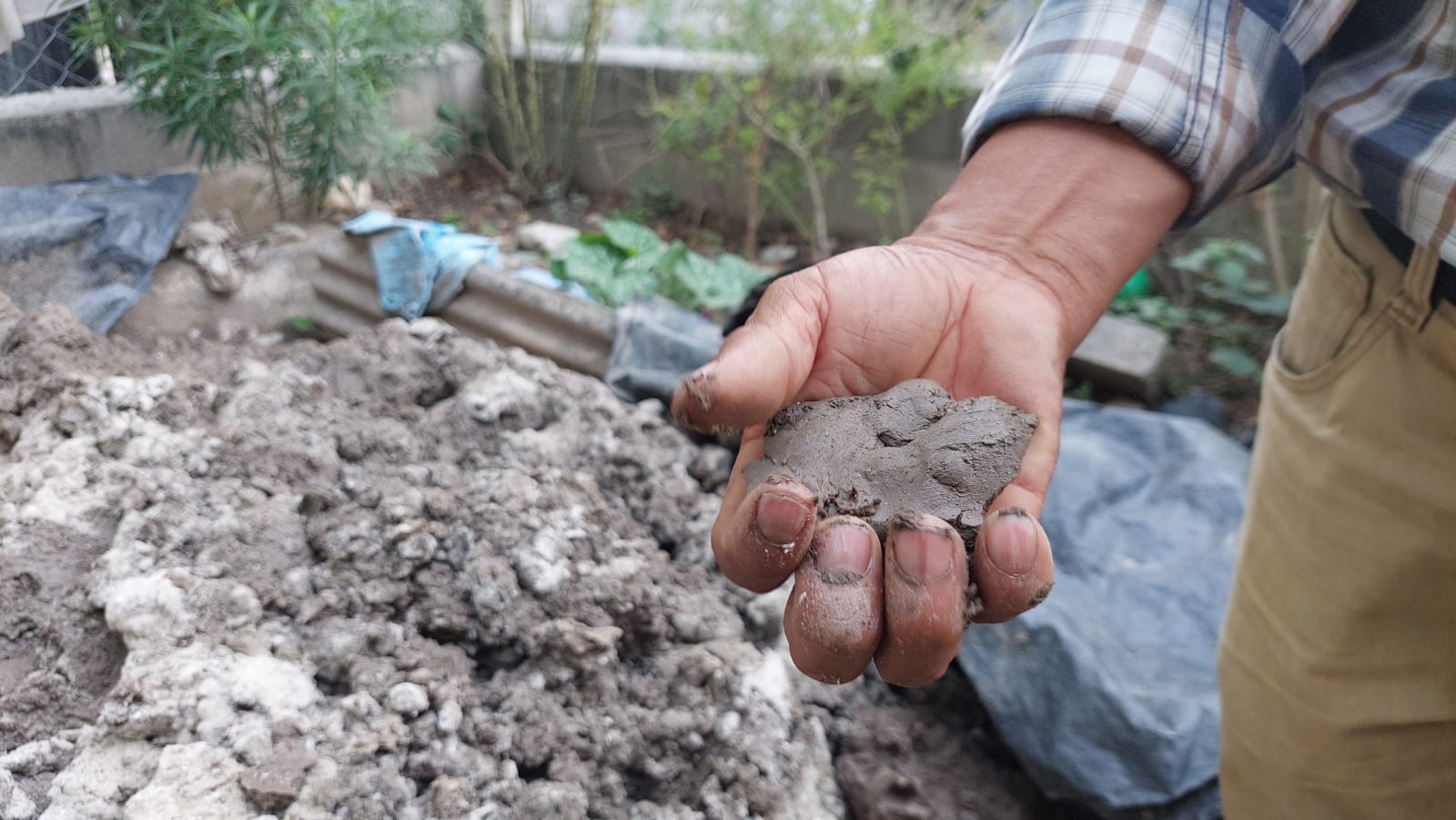Building With Clay: Lessons From the Past

The “Mother Earth” Association Qachuu Aloom is building their offices in Guatemala out of locally sourced clay bricks and they need your help.








Qachuu Aloom is a community-based organization, representing 500 families living in 32 communities from three municipalities in the department of Baja Verapaz, Guatemala. For nearly twenty years they have been active in the Food Sovereignty Movement, conserving traditional practices of the Maya Achi. The decision to build their offices with traditional building techniques is a conscious choice they hope will inspire other organizations, businesses and families to consider the many benefits of natural building.
In Guatemala, and all over the world, ancestral building techniques are being replaced with industrial construction materials, like concrete blocks, brought into the community by transnational corporations, like “Cementos Progreso.” But what exactly are we progressing toward? Will we continue to “pave paradise” in the name of progress despite the damaging effects these impervious surfaces have on our communities?
Not long ago, traveling through Guatemala, you could still see many examples of traditional building techniques, like “bahareque” made with stone, native bamboo, and adobe plaster or a long-house-like dwelling made from hand-hewn boards. Roofs were made of clay tiles or thatched grass or palm. The picture to the upper-left depicts an adobe house in the Baja Verapaz region of Guatemala. Little by little, these traditional structures have been replaced with industrial materials trucked in from Guatemala City.
In Rabinal, where Qachuu Aloom is located, the traditional building material is clay, in the form of sun dried adobe blocks or kiln fired bricks. Some of the clay, which is harvested from a nearby village, is set aside for local potters who have been crafting the region’s functional tableware and cookware since time immemorial.
Today, walking through the densely populated communities of Rabinal, more and more roads, fences and houses are built with cement. Unlike earthen materials, cement can’t breathe. This can cause respiratory problems when moisture turns to mold during the rainy season. It also disrupts the absorption of rainfall causing flooding and erosion.
Traditional building techniques, and the people who know how to build them, are becoming more and more scarce. Building with ecological materials and supporting local builders, who carry this knowledge from one generation to the next keeps money recirculating in the community. Natural building is also more gentle on the Earth, it keeps traditions alive and the environment intact.
Since its founding in 2003, Qachuu Aloom has rented a house in the center of Rabinal. For years they attempted to adapt the space to serve their office needs. During the pandemic the owners decided to invest in the property and Qachuu Aloom was forced to relocate to a provisional space also built with concrete blocks that was dark and crowded. Once the construction on their old offices was completed, the rent had skyrocketed.
It was during this upheaval, that Qachuu Aloom decided to build their dream offices, with ecological materials in the community of Pacux located about a mile outside of the city center. The new offices are being built at the same site as Qachuu Aloom’s education center, seed bank, gardens and amaranth processing plant.
According to Roberto Chen Osorio, the brickmaker working with Qachuu Aloom.Roberto, “making bricks requires access to water. Thankfully, water still flows in the river near our Maya Achi community.” Roberto uses water and his feet to soften the wild clay until he gets the texture he needs to mold it into brick.
Before the bricks are fired, they need to settle and dry away from the heat of the sun, which can cause them to crack. The unfired bricks are moved into a house built to give them shade for up to 30 days. The dried bricks are then stacked five bricks high in alternating directions with spaces in between to increase air flow in the kiln. Pieces of wood are placed in between the bricks so that the heat is evenly distributed.
Roberto has been making bricks for about 15 years. In his large kiln he can fire 2000 bricks at a time while his smaller kiln holds 1000 bricks. It takes him two days to carefully load the dry bricks in the kilns and he tends the fire for three days.
We are grateful to Roberto and his family of natural builders for helping Qachuu Aloom achieve their dream of building with ecological materials and for keeping this tradition alive.
